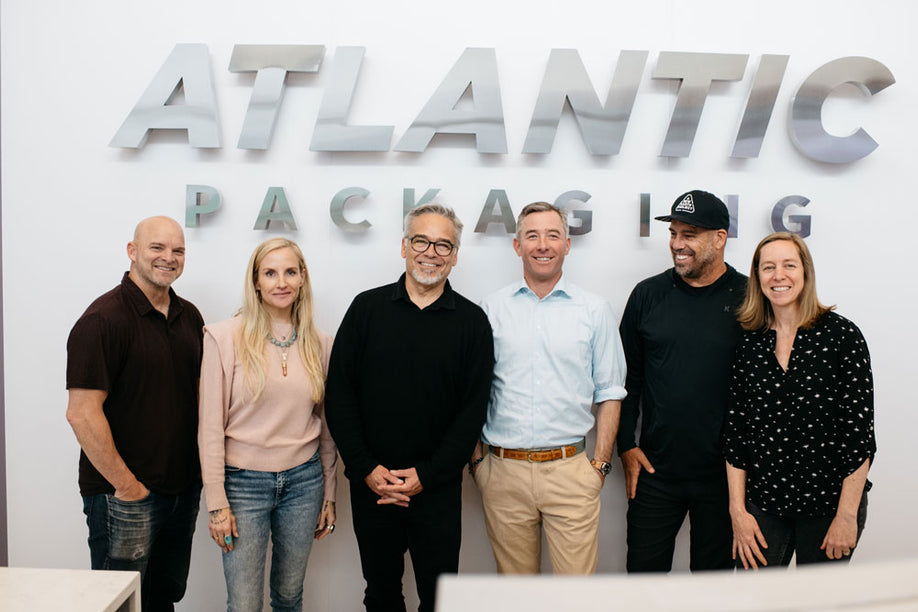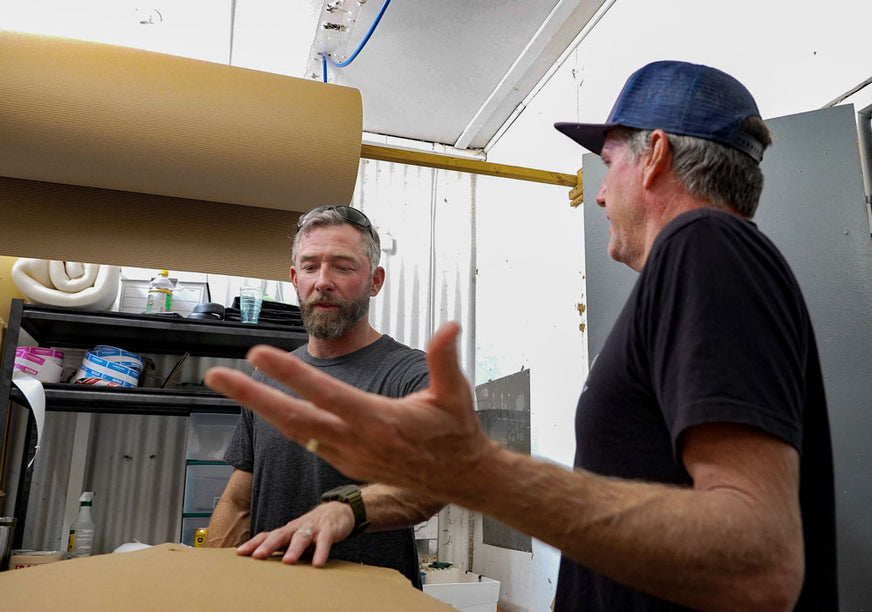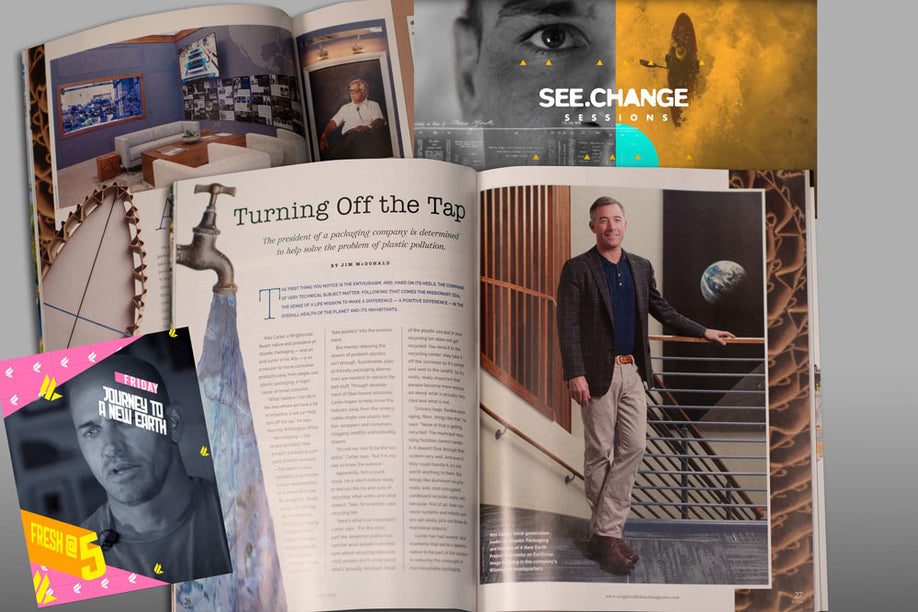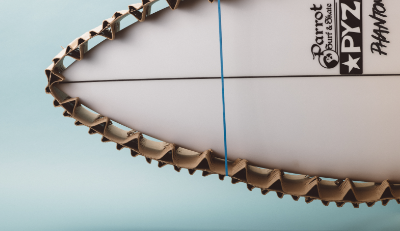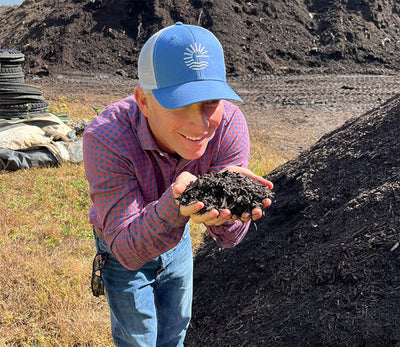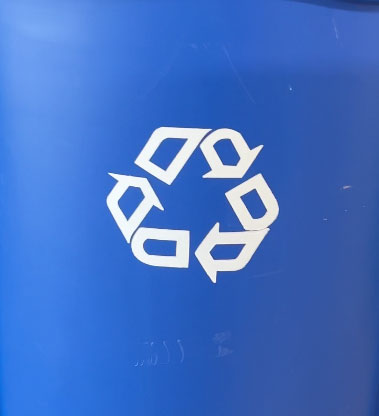The packaging industry, like every other, has long been driven by the need to serve customers efficiently. At its core, packaging innovation has centered around three objectives: protecting the product, enhancing shelf appeal, and managing costs.
Companies that consistently deliver on these fronts tend to succeed. Those that don’t, struggle. That’s the basic logic of the market.
But as demand for convenience soared and the use of complex plastics increased, a critical question often went unasked: What happens to this packaging once it’s no longer needed?
For decades, the assumption - by brands, consumers, and even governments - was that recycling systems were in place and functioning as intended. Curbside bins were collected, and many of us believed we were doing the right thing.
But reality has proven far more complicated. Much of what enters these bins is never actually recycled. Compounding the issue, materials that were never recyclable in the first place are often labeled in misleading ways, contaminating streams and eroding public trust.
That trust has now eroded further as the consequences become harder to ignore: plastic pollution is no longer just a future threat, it’s a present reality. While it may not always be visible in our own neighborhoods, the downstream effects are unmistakable, especially in places unequipped to manage the waste exported to them.

The Case for Circular Design
“Design with the end in mind” isn’t just a principle, it’s a responsibility. It starts with acknowledging that every material we use has an eventual destination. By designing products and packaging to remain in circulation - through reuse, recycling, composting, or safe recovery - we reduce waste and maximize value.
The goal is simple: keep materials out of landfills and incinerators, minimize the need for virgin resource extraction, and lower the overall environmental footprint.
While this mindset matters across all industries, it’s especially critical in packaging, which represents around 40% of global plastic pollution. The issue stems from a linear model of “take, make, waste,” which treats packaging as disposable rather than part of a regenerative cycle.
Changing this requires intention at the design stage. That means selecting materials and structures that reduce harm, prioritize recyclability or compostability, and serve a purpose beyond first use. Not all plastic is bad, but much of it is unnecessary. The goal is not to eliminate plastic entirely, but to thoughtfully reduce its most problematic applications.
A circular design philosophy challenges us to consider the full life of a product before it’s even made.
Practical Steps for Designing With the End in Mind
- Use recyclable materials at scale: Choose materials widely accepted by existing recycling infrastructure.
- Simplify material combinations: Reduce complexity to improve sortation and recovery..
- Evaluate compostable options: Where infrastructure allows, these can be a viable alternative.
- Enable disassembly: Make it easy for consumers to separate materials for proper disposal.
- Avoid disruptive elements: Minimize adhesives, inks, and coatings that interfere with recycling.
- Embrace modularity: Design components that can be reused, refilled, or repurposed.
- Communicate clearly: Provide disposal guidance so consumers can do their part confidently.
- Coordinate with the supply chain: Engage recyclers, manufacturers, and end-users to ensure design decisions align with real-world systems.
- Invest in innovation: Support the development of next-generation materials and systems.
Why It Matters
Designing with the end in mind isn’t just good for the planet, it’s smart business. Consumers increasingly expect brands to demonstrate environmental concern and responsibility. Companies that meet this expectation authentically are building stronger relationships and long-term trust.
It also future-proofs your brand. Regulatory frameworks like Extended Producer Responsibility (EPR) are gaining traction across regions. Designing for material recovery today positions your company to lead through the changes ahead, not chase them.
A Turning Point
We’re at a pivotal moment. The shortcomings of the current system are clear, and so is the opportunity to fix what’s broken. Designing with the end in mind allows us to reimagine packaging as part of a regenerative system, not a disposable one.
Together, with better design, smarter choices, and shared responsibility, we can transform packaging into a solution for all of us, not a problem that we keep ignoring or kicking down the road.
We’re in this with you, so please get in touch if we can help you on your packaging journey.

